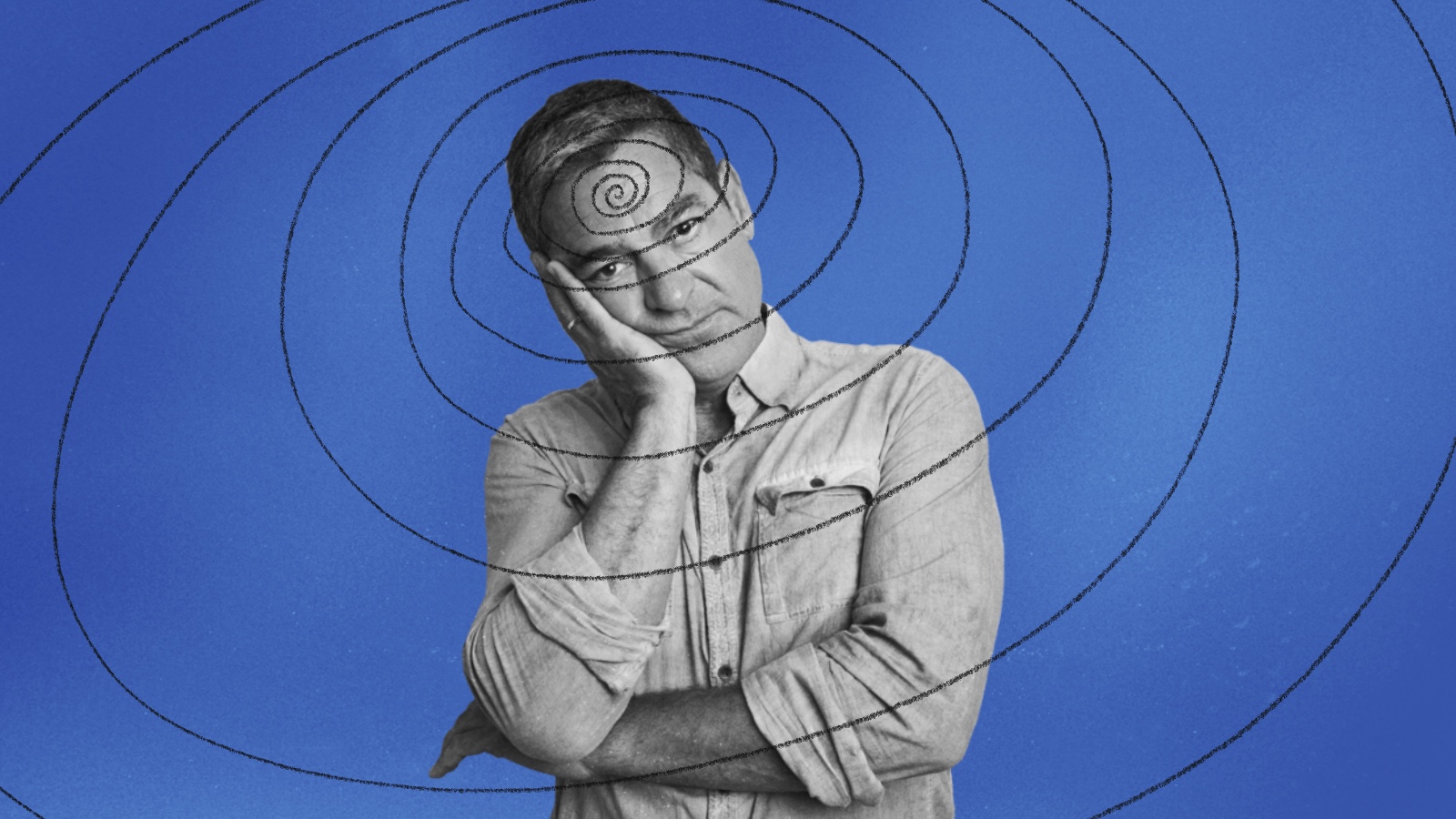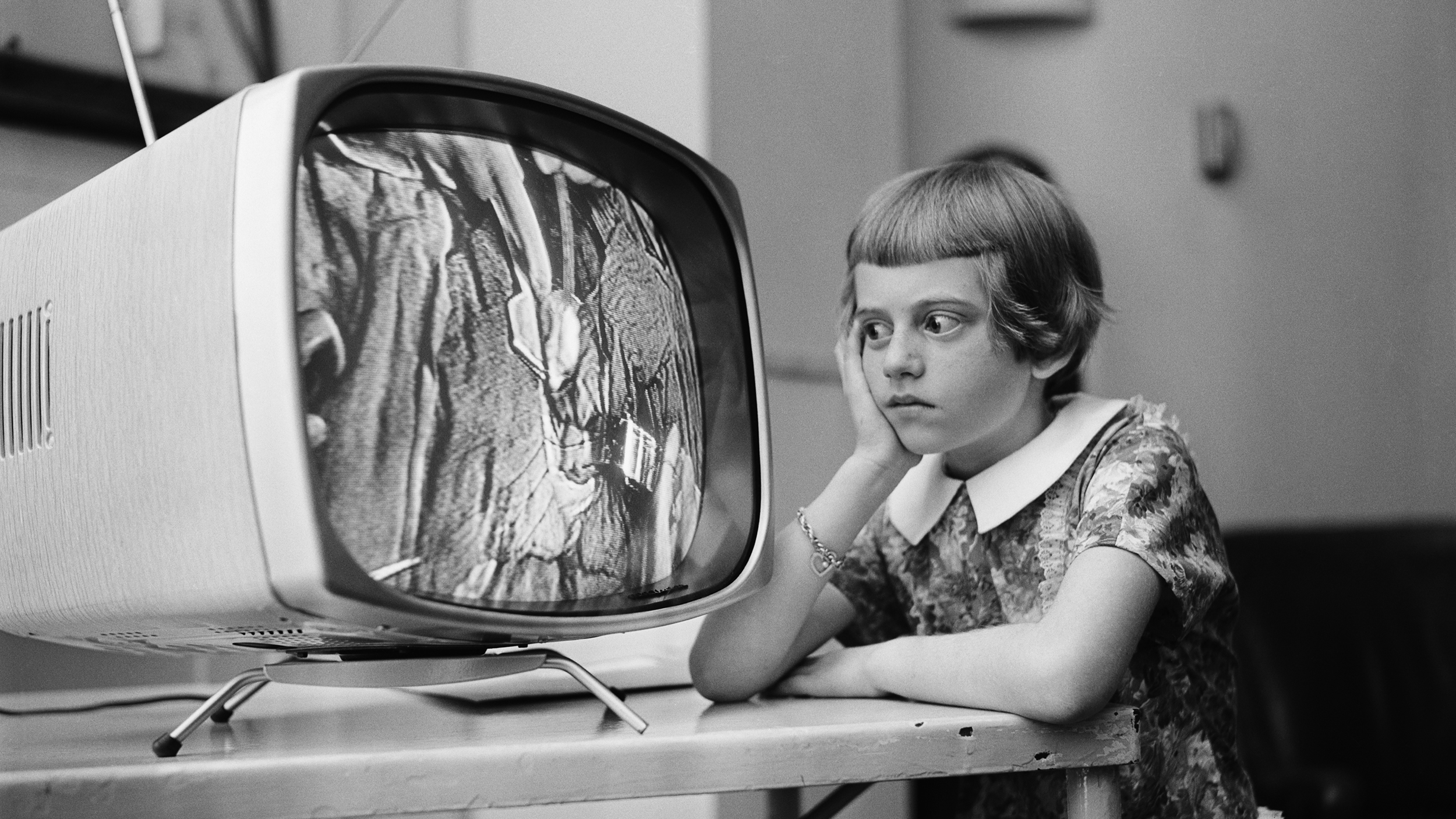Need to find your focus? Take some time to lose it.

- Constant attention may seem like the perfect antidote to our work and digital lives.
- But while focused attention is useful, it is also elusive and draining.
- We must learn to tap into our internal attention rhythms, which balances focus with rote attention and even boredom to support our well-being.
Excerpted from Attention Span © 2023 by Gloria Mark, used with permission by Hanover Square Press.
Why do people lose focus and get distracted? It’s a common conception that people might be deeply focused on something, then along comes an interruption, and afterward, it’s hard to focus again, leading to boredom. But what if a person’s particular attentional state makes them susceptible to distractions?
In a paper called Focused, Aroused, but So Distractible, Mary [Czerwinski], Shamsi [Iqbal], and I looked at the data to examine three of the most common types of interruptions that our participants reported experiencing: email, Facebook, and face-to-face interactions. These interruptions all involve communication in some way. Email interruptions are generally work-related but could be related to social or personal life, Facebook interruptions are generally social, and face-to-face interactions could be either. Earlier I mentioned that we measured face-to-face interactions with Sensecams, cameras worn around participants’ necks that took photos about every 15 seconds. We applied software that accurately detected if faces were in the photos, and if so, we inferred that a person was interacting with someone else in person. But software is not perfect. One error we discovered inadvertently was that our male participants often forgot to turn off the Sensecams when they went to the restroom and the round shape of toilets was misinterpreted as faces by the software.
We found that when people were bored, they were then more likely to switch their attention to Facebook and face-to-face interactions. Similarly, when people did rote activity, they were more likely to switch their attention to face-to-face interactions. In other words, a rote or bored attentional state provides an easy entry point for distractions. Our results support the notion that the attentional state one is in makes one susceptible to distractions. Why might this be? When we’re bored, our attention is not goal-directed, and when we’re doing rote activity, we might only have a weak goal (scrolling social media posts to see if there’s anything interesting). Attention is driven by goals, and without a strong goal, like when you’re bored or doing rote activity, then your attention is like a reed in the wind.
Rhythm is the new flow
Our data dispels the myth that we should think about our attention as only focused or unfocused and shows that, rather, there are different ways a person can be engaged in something. Why do people ebb and flow in their focus, and why might they switch to other attentional states? At a neurophysiological level, our cognitive resources fluctuate when we are trying to maintain a state of focus. During the day, our attention is likely influenced by the level of our cognitive resources, by our circadian rhythms as some research suggests, the time since being awake, and possibly by hormones, which is still being investigated. But aside from these reasons, there might also be a psychological explanation for why our focus tends to show a rhythm.
To explore this idea, I needed to find an expert on rhythm. I spoke to the drummer Barry Lazarowitz: He has performed in different genres including jazz, folk, and rock with musicians such as Stan Kenton, Leonard Cohen, Lou Rawls, and Judy Collins and has played on a Grammy award-winning record and on the Academy Award-winning soundtrack for the movie All That Jazz. He believes that people have an internal rhythm: We inherently resonate with the tempo of 60 beats per minute of a John Philip Sousa march or a Donna Summer disco song because our hearts tend to beat about 60 times per minute and our walking pace is about 60 strides per minute. Other musicians have had similar ideas about internal rhythm. Lester Lanin, a society orchestra bandleader popular in the 1950s and 1960s, knew how people resonated with rhythm and arranged music at a consistent tempo — a two-beat tempo known as the businessman’s beat. Even if people didn’t know how to dance, they knew how to walk, and a walking pace is typically rhythmic. Lanin’s popularity is attributed to the fact that so many people were drawn to the dance floor by his two-beat tempo.
But people also have deeper longer internal rhythms, and this is shown by how people can maintain rhythms even after a disruption. Lazarowitz described how the tenor saxophonist John Coltrane, in what many consider his masterpiece, A Love Supreme, wrote 8 or 12 notes of a simple melodic line, a mantra of sorts, and improvises for 33 minutes in a free-form transcendence of the initial rhythm and then, without missing a beat, comes back and picks up the tempo. Coltrane had an internal metronome and was a master of rhythm. But we can all find our own rhythm. We can feel the rising and lowering gauge of our inner cognitive resources. Paying attention to it can let us know when to recharge so that we’re not trying for nonstop focus and getting overspent. Our resonance with rhythm can help us restore our psychological balance, which we’ll talk about more later. Being in control of our attention is about being aware of our level of resources and switching our attentional states between using our resources and restoring them when we need to.
We can’t be experiencing continual mental challenges nonstop all day using cognitive resources in the same way that we can’t be challenged to lift weights nonstop all day using our physical resources.
– Gloria Mark
Flow might seem like an antidote in our digital lives, but the hard truth is that it is especially challenging to find flow in the type of work that many of us do. Even though we may aspire to flow, in our current work environments, it may not be realistic or what we really should strive for. Lazarowitz, who works during the day managing and contracting musicians, also has a similar experience as myself and many others in that the nature of his work facilitates whether or not he gets into flow. In his day job as a knowledge worker, he can be focused but is never in flow when he calls clients, writes contracts, and maintains databases. But in the evening, when playing with other musicians and feeding off of each other’s improvisations, he can get into flow. In our everyday use of computers and phones, rather than thinking about experiencing that idyllic but elusive flow state, which in countless hours of study I have found to be rare, we should instead aspire to achieve a balance in our attentional states which means not overspending our cognitive resources. If we can’t get into flow, we still can find our internal rhythm.
So how do we achieve a balance when we’re on our devices? We can leverage our inherent connection with rhythm to maintain a good level in our tank of cognitive resources, switching from being focused to other attentional states over the course of a day. The Pomodoro technique also uses the concept of rhythm, breaking up the day into 25-minute segments of work and 5 minutes of a break. Interestingly though, I found no academic study that tested the technique. You can, however, design your own rhythm based on your sense of cognitive resources.
Focused attention is a king of resource utilization whereas rote activity and boredom require far fewer resources. While we may think of focus as an ideal state where one can be productive and creative, rote attention (and even boredom) are just as important and play critical roles in our well-being. The idea that light, easy engagement or even an unfocused state might be good for us runs counter to our conventional thinking that only deep engagement is worthwhile. At times we can completely pull away from stimulation, and sometimes mind-wandering or being bored is what we need. We can keep our minds lightly engaged as Angelou did with Little Mind. The change is like switching from running to easy walking, which still keeps us active and alert but gives us a chance to catch our breath and replenish. In our lives outside of our computer and phone screens, we generally know how to seek a balance. When people are bored, they seek stimulation; if they are overstimulated by being in Times Square, they can seek a quiet refuge in Central Park.
Every attentional state has value and purpose in helping us achieve a balance of cognitive resources. We can’t be experiencing continual mental challenges nonstop all day using cognitive resources in the same way that we can’t be challenged to lift weights nonstop all day using our physical resources. Ideally, we should take breaks and leave our devices to replenish our resources. We also have the power to control how we switch attentional states, and we can try to tap into that innate need to achieve an inner balance, to recover and replenish cognitive resources, which rote, mindless, or even boring activity can do. Here is where we can learn to harness our dynamic, kinetic attention to shift purposefully and strategically among different attentional states to achieve a balance, still be productive, and experience well-being.





